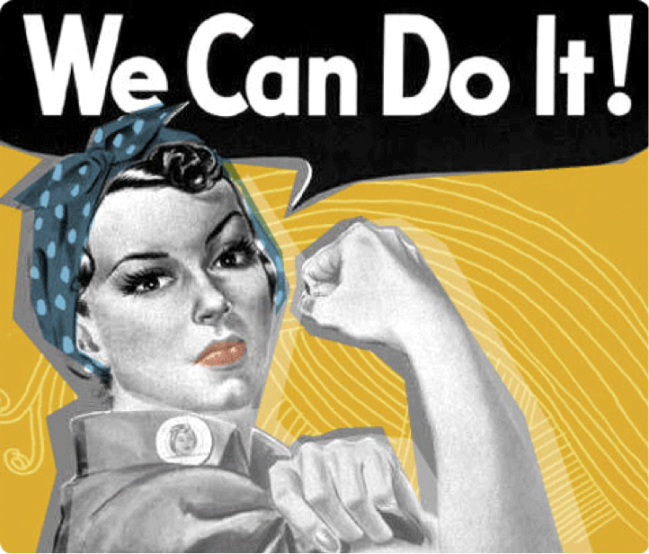Recently I’ve had the chance to pick up John D. Krumboltz’s book “Luck Is No Accident” for work purposes. Whereas a major portion of the book speaks on making the most out of happenstance in our lives, it touches base on a lot of alternate yet important messages that I wished to share. In particular, I wished to share a quote by Garrison Keillor.
“Some luck lies in not getting what you thought you wanted but getting what you have, which once you have got it you may be smart enough to see is what you would have wanted had you known.”
This quote struck a chord with me; I found it to be both meaningful and relevant to my present life. A lot of the time, we’re given external pressures from peers, teachers, and parents to figure out “what we want to be” and “where we want to go”. From kindergarten and all throughout high school, we’re expected to put a definitive label to what we want our futures to be. The reality is there’s no way of setting things down in stone when it comes to determining our future. It’s rare that what we wanted to be in kindergarten is what we end up becoming post-University. Even during the time we’re in university, so many things factor in to the final decision of what we want to be. The people we meet, the professors who teach, the stories we hear…all of these mould us to be more open thinkers with broadened horizons. Accompanied by these broadened horizons are a vast set of opportunities that could ultimately change the direction we’re headed by 180 degrees. This is why I appreciate Garrison Keillor’s quote. It promotes a different attitude to the one we’ve been carrying – one in which we feel obligated to follow in a set path from start to finish. Instead of thinking that our happiness, luck, or success depends on fulfilling all the future plans and visions we made previously, we should be thinking that the happiness, or “luck” that we have, essentially depends on the way we carry ourselves in the present. That in appreciating what we already have, our eyes may eventually be opened and we may realize it was the best thing we had all along. Our youth is a lot shorter than we perceive it to be, and it is during this time that we should be exploring the range of possibilities open to us.
Like the book teaches, it’s all right to make mistakes. Taking that leap of faith, without knowing the outcome, is what contributes to making life so much more interesting. Predictability can ensure comfort, but it doesn’t ensure happiness. We can make any amount of plans, but those plans aren’t always guaranteed to come to fruition. Sometimes we’re so focused on bringing about the future that we lose sight of what we have in the present; come time that we arrive in the future, we may realize too late that what we had was really what we enjoyed the most. In essence, I believe that the most important thing is to enjoy ourselves and to allow for a bit of self-exploration while we’re in our youth. The decisions we make are important, but we shouldn’t allow these decisions to tie us down and become stagnant thinkers. A bit of flexibility, open-mindedness, and keeping our options open can bring about more happiness than we could’ve ever imagined had we stayed put. Certainly if all our plans for the future work out, then that can bring us the most happiness as well. However, should our plans not work out quite like what we expected, then we shouldn’t fall to despair, but rather look to enjoying the process and appreciate the experiences that we acquire. Who knows – what we’ve previously avoided might actually turn out to be that which we enjoy the most, and that cannot be known, unless we take that leap of faith.
Isabelle Lam
University of Alberta










